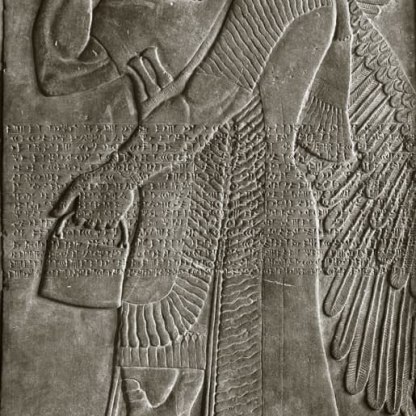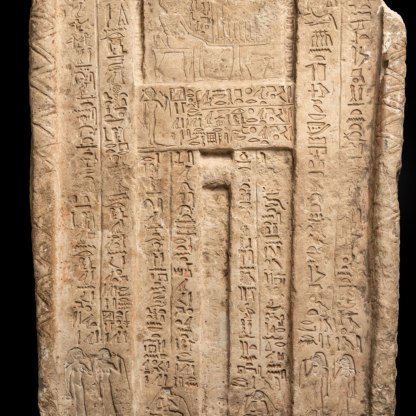Green Jade Buffalo

This buffalo is one of the largest carved Chinese jades in a British collection. Until 1900 it adorned a corridor of the Winter Palace at Beijing, along with a black and grey jade horse and a white jade dragon-horse, both also now in the Fitzwilliam. After the Boxer Uprising, 1898–1900, when the Chinese violently rebelled against the Western presence and influence in their country, the three animals were removed from the palace and sold. They ended up in the collection of Oscar Raphael, who bequeathed them to the Fitzwilliam in 1941.
What we call jade is in fact two chemically different but similar looking hard stones, nephrite and jadeite. Jade is usually green – as here – but is also found in white, grey, blue, mauve, brown, red and yellow. It has been carved in China since at least the third millennium BCE.
The exact significance of many surviving jade objects is not precisely known, although the majority seem to have had ritual or ceremonial functions. The stone was associated with healing, good health and immortality, and as such was often used in burials. Corpses buried during the Han Dynasty (206BCE–220CE) have been found with jade cicadas placed upon their tongues, their orifices filled with jade plugs to preserve them. The very wealthiest citizens were buried wearing protective suits made entirely of jade tablets sewn together with gold wire.
From the end of the Han Dynasty, jade became more widely used for luxury items. And it was during this period that three-dimensional statues of animals began to be carved from the material. The significance of these animals is again hard to ascertain, although at about the same time animals sculptures in other materials were incorporated into tombs, apparently as protection and help for the deceased.
Buffaloes were frequently used as sacrificial animals from the Shang Dynasty (1600–1027 BCE). Marble buffaloes have been found in tombs from this period and it has been suggested that they were placed there to provide the deceased with an endless supply of sacrificial offerings.
It has also been suggested that realistically carved animals, such as this, were made to populate miniature models of paradise in the mausoleums of emperors, places that the immortals themselves might be tempted to visit.
But because of jade’s durability and popularity through the ages, it is by no means clear exactly when the great beast in the Fitzwilliam was carved, or for what purpose. Sculptural styles were copied over the centuries, and old examples were prized as antiques and handed down from generation to generation.
Before its removal from the Winter Palace, it was believed that the Fitzwilliam buffalo was a precious relic of the Han Dynasty that had been bought to Beijing and given to the court of the Emperor Yung Lo (reigned 1403–24). Scholars later tentatively suggested a date from the Sung dynasty (960–1279). At present, a date from the Ming dynasty (1368–1644) is favoured.
Themes and periods
Data from our collections database
A boulder of exceptional size, dull green mottled with white, carved to represent a recumbent domesticated buffalo
Winter Palace, Mr. Williamson
Acquisition and important dates
- Method of acquisition: Bequeathed
- Dates: 1946
Dating
Place(s) associated
- China
Materials used in production
Read more about this recordOther highlight objects you might like
Suggested Curating Cambridge products
Sign up to our emails
Be the first to hear about our news, exhibitions, events and more…





